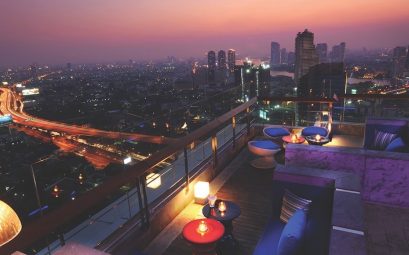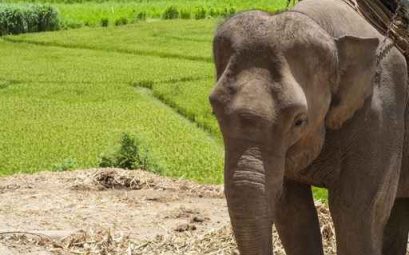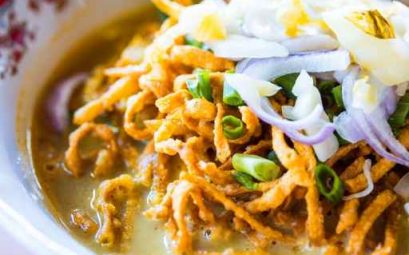Shopping in Sri Lanka
Shopping in Sri Lanka ranges from bargaining at a handicraft shop, to picking fresh fruit from a village stall or sussing out the best prices for the latest international fashion in this major garment exporter.
Independence Square Arcade in Columbo is where you can shop in air-conditioned comfort, alongside entertainment and fine dining establishments. On the other side of the spectrum, the road linking Colombo and Kandy is lined by a series of cultural villages, each specialising in particular wares, like brooms, cane chairs, cashews, tea and teapots. Alternatively, go to the Bastian Mawatha near Fort Railway Station for the Floating Market with a wide range of local products. Other exquisite Sri Lanka souvenirs include woodcarving, pottery and silverware. They feature traditional motifs of lotuses and mythical animals.
Sri Lanka is especially renowned for its gems and jewellery. Hunt for Sri Lankan blue sapphires, rubies, garnets, moonstones and topazes, and have them transformed into beautiful trinkets.
Places to Visit In Sri Lanka
With over 2,000 years of history, Sri Lanka’s places of interest include some of the most well-preserved Asian monuments with no less than eight UNESCO World Heritage sites.
Nature lovers can trek up to Adam’s Peak or hike across the Horton Plains near Nuwara Eliya for a glimpse of the 700 metre drop at World’s End.
Take a tour of the ancient city of Anuradhapura, the country’s capital for more than 1,400 years, still containing Buddhist monuments and royal ruins at least two centuries old.
Visit the Scared Bo-Tree grown from a sapling of the bodhi tree under which the Buddha gained enlightenment; the Thuparamaya Dagoba, believed to contain the right collarbone of Buddha and Ruvan, the oldest historically documented tree in the world.
The old city of Polonnaruwa is Southeast of Anuradhapura. From there, journey to the magnificent Sigiriya Rock (“Lion Rock”) Fortress, the site of a sixth century fortified palace. You will be blown away by this amazing architectural feat, built by an obsessed monarch in the fifth century. Don’t miss its most striking portion – a grey and terracotta core of rock that rises 200 metres above a forested plain. The ruins of the giant stone lion surround the Temple of the Tooth, where the sacred tooth relic of Buddha is preserved.
For picturesque scenery, visit Kandy, where a tranquil lake is surrounded by rolling hills, 116 kilometres away from Columbo. Along the way, stop by Pinnwala Elephant Orphanage. Bathing and feeding the cute baby elephants with giant milk bottles will definitely be quite an experience.
Beach bums will love Unawatuna Beach, South of the coast of Galle and ranked among the Discovery Channel’s Top 10 Most Beautiful Beaches in the World. This beautiful semi-circle of golden, coconut trees and cerulean waters is bordered by a coral reef.
In recent years, Sri Lanka has become a major dolphin and whale watching spot. It is located within the parameters of the International Whaling Commission’s protected zone in the Indian Ocean. Head down to Alankuda beach in Kalpitiya, Mirissa, Dondra Point and Trincomalee for the best observation ports.
Water Activities, Snorkeling & Diving in Sri Lanka
There are over 1300 kilometres of sandy beaches in Sri Lanka. With balmy temperatures and year-round sunshine, you’ll always be able to find a beach that will suit your choice of activities for the day. Surfing, kite surfing, diving and snorkeling are just some of the things you can do there.
A line of breaking waves amidst the calm, azure seas marks the coral reef where brightly coloured tropical fish and living corals wait to be discovered when on a Sri Lanka diving trip. The dive centre at Sri Lanka’s Hikkaduwa is a good base for reef exploration in regions like Dodanduwa, Gintota and Ralagala. Coasts in the southwestern parts are perfect for swimming, while the Bentota River is popular with windsurfers, sailors and water-skiers.

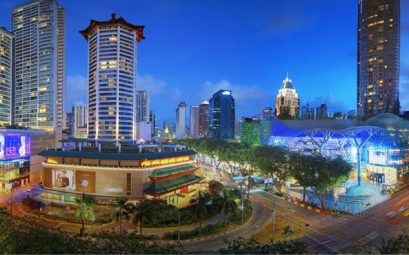
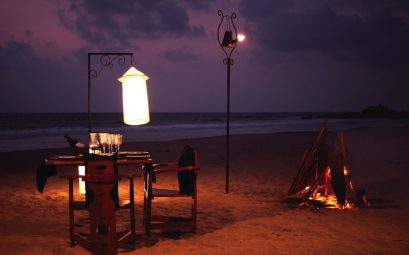
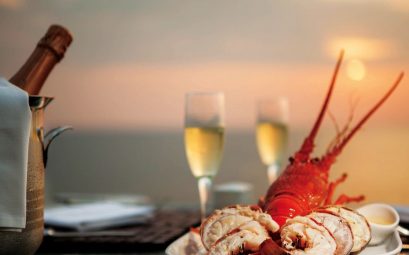
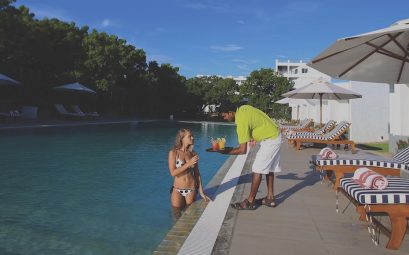
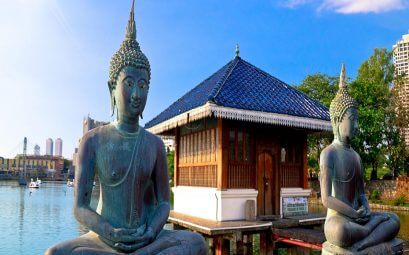
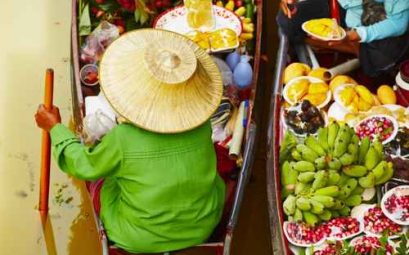
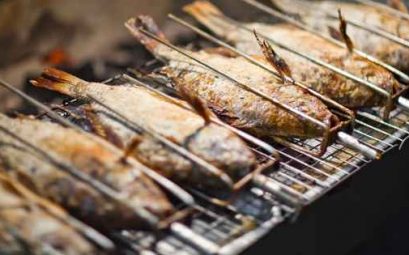
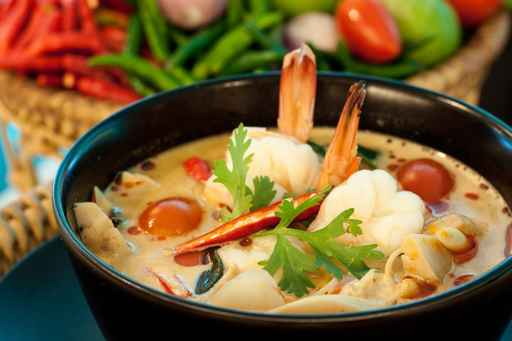 Some popular Thai foods are Tom Yam Goong (the unofficial national food of Thailand), Pad Thai (noodles with onion, sprouts, bean and ground peanuts), Som Tam (made from shredded papaya, rice and barbequed chicken) and more. Do visit some of the famous local restaurants such as Lung Yai, Hong Teong Long, Baan Som Tam and Chennai Kitchen.
Some popular Thai foods are Tom Yam Goong (the unofficial national food of Thailand), Pad Thai (noodles with onion, sprouts, bean and ground peanuts), Som Tam (made from shredded papaya, rice and barbequed chicken) and more. Do visit some of the famous local restaurants such as Lung Yai, Hong Teong Long, Baan Som Tam and Chennai Kitchen.